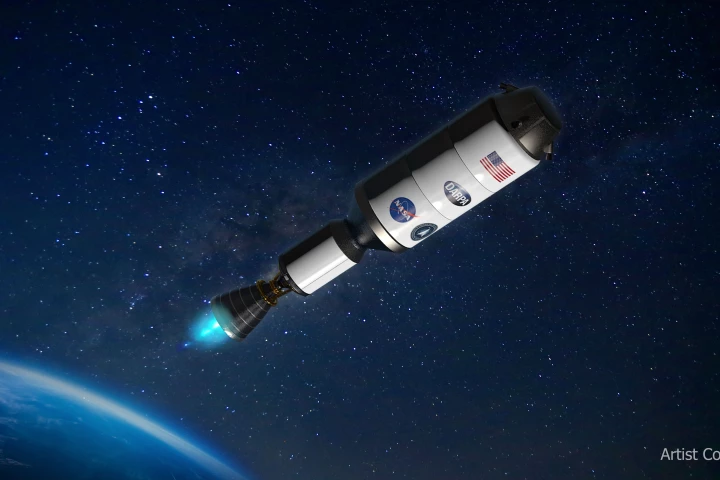NASA
-
Making the wings on passenger jets thinner and longer can go a long way toward reducing drag and making them more efficient, but they vibrate like crazy. Engineers at NASA and Boeing are now tackling the problem.
-
Russia has suffered a major setback after the launch of its Soyuz MS-28 mission ferrying astronauts to the International Space Station (ISS) caused severe damage to the country's only pad capable of handling crewed boosters.
-
Boeing has suffered another setback after NASA renegotiated its agreement with the company. Under the new contract, on its next flight o the International Space Station (ISS), Boeing's Starliner capsule will carry only cargo and no crew.
-
As it heads out of the solar system never to return, the deep space probe Voyager 1 is headed for yet another cosmic milestone. In late 2026, it will become the first spacecraft to travel so far that a radio signal from Earth takes 24 hours, or one light day, to reach it.
-
With its metaphorical feet held over the allegorical fire by NASA, SpaceX has released a new, simplified plan to build a lander to put US astronauts back on the Moon now that the competition for the spacecraft has been reopened due to delays.
-
NASA's X-59 Quiet SuperSonic Technology (QueSST) experimental supersonic aircraft took to the skies for the first time on October 28, 2025 from Lockheed Martin's famously secret Skunk Works at the US Air Force Plant 42 in Palmdale, California.
-
Sierra Space and NASA have renegotiated their contract for the Dream Chaser spaceplane that will allow the spacecraft to make its first orbital flight next year as a free flier instead of visiting the International Space Station (ISS).
-
It’s hard to think of a more challenging environment for an automotive battery than the Moon, and preparations for NASA’s Artemis program give us a chance to contrast the pioneering technology of the 1970s with where we are 50 years later.
-
NASA's Perseverance Rover might have made serious headway in its mission to find signs of ancient life on the planet. It's stumbled upon a rock with colorful spots on it, which may have been left behind by microbial life billions of years ago.
-
How do you control a nuclear space propulsion system? Very carefully. To help with this, the Oak Ridge National Laboratory (ORNL) has built a simulated nuclear reactor test bed to develop the engines that could send astronauts to Mars and beyond.
-
If Earth needs to borrow a cup of sugar, it's comforting to know that there may be a convenient, possibly habitable, world orbiting Alpha Centauri only 4.34 light years away – at least, if the findings from the James Webb Space Telescope pan out.
-
Hoping to push Mars exploration into top gear and do recon for a future crewed landing, AeroVironment has released its concept for a mission consisting of half a dozen autonomous helicopters that would land on the Red Planet under their own power.
Load More











